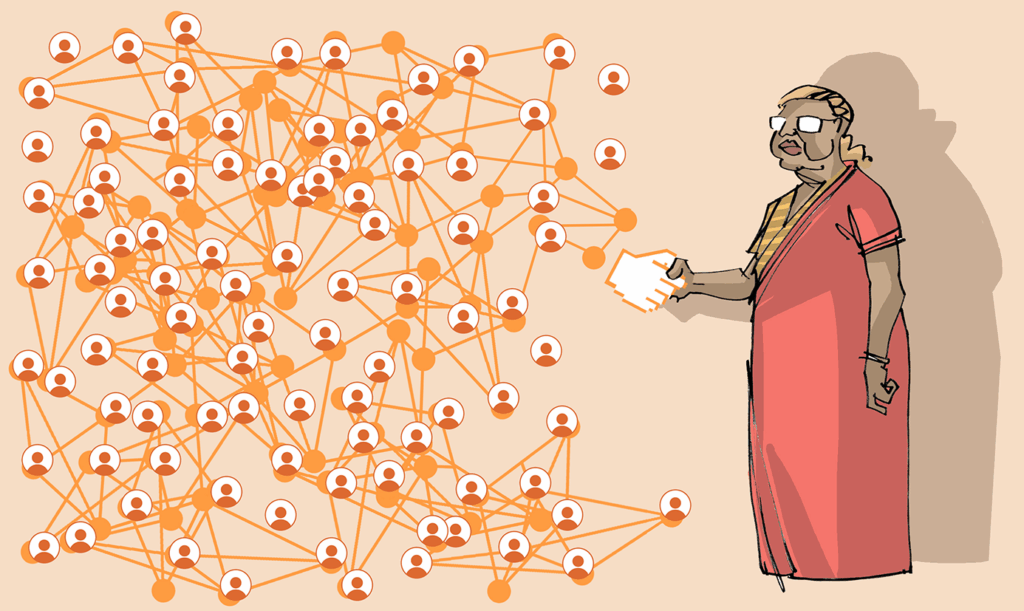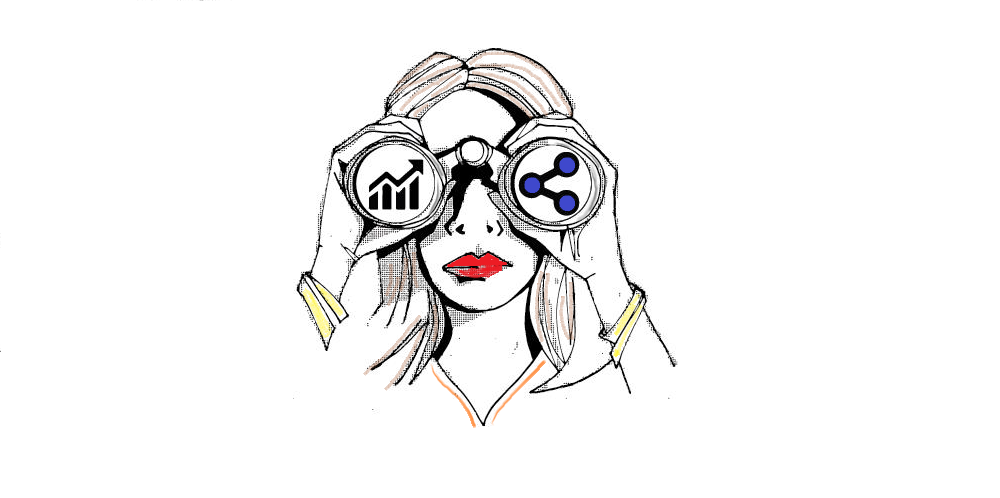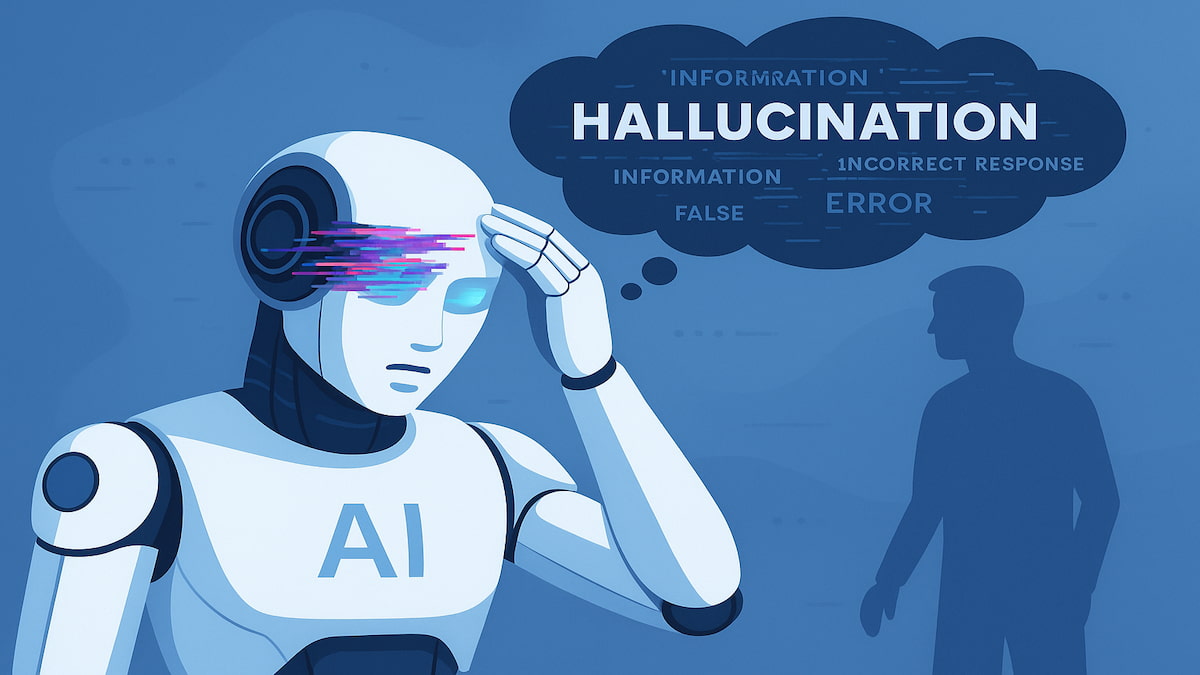
12 – 19 September 2025
HIGHLIGHT OF THE WEEK
In a historic first for democracy, a country has chosen its interim prime minister via a messaging app.
In early September, Nepal was thrown into turmoil after the government abruptly banned 26 social media platforms, including Facebook, YouTube, X, and Discord, citing failure to comply with registration rules. The move sparked outrage, particularly among the country’s Gen Z, who poured into the streets, accusing officials of corruption. The protests quickly turned deadly.
Within days, the ban was lifted. Nepalis turned to Discord to debate the country’s political future, fact-check rumours and collect nominations for the country’s future leaders. On 12 September, the Discord community organised a digital poll for an interim prime minister, with former Supreme Court Chief Justice Sushila Karki emerging as the winner.
Karki was sworn in the same evening. On her recommendation, the President has dissolved parliament, and new elections have been scheduled for 5 March 2026, after which Karki will step down.

However temporary or symbolic, the episode underscored how digital platforms can become political arenas when traditional ones falter. When official institutions lose legitimacy, people will instinctively repurpose the tools at their disposal to build new ones.
IN OTHER NEWS THIS WEEK
TikTok ban deadline extended to December 2025 as sale negotiations continue
The TikTok saga entered what many see as yet another act in a long-running drama. In early 2024, the US Congress, citing national security risks, passed a law demanding that ByteDance, TikTok’s Chinese parent company, divest control of the app or face a ban in the USA. The law, which had bipartisan support in Congress, was later upheld by the Supreme Court.
A refresher. The US government has long argued that the app’s access to US user data poses significant risks. Why? TikTok is a subsidiary of ByteDance, which is a private Chinese company, possibly subject to the Chinese 2017 National Intelligence Law, which requires any Chinese entity to support, assist, and cooperate with state intelligence work – including, possibly, the transfer of US citizens’ TikTok data to China. On the other hand, TikTok and ByteDance maintain that TikTok operates independently and respects user privacy.
However, the administration under President Trump has been repeatedly postponing enforcement via executive orders.
Economic and trade negotiations with China have been central to the delay. As the fourth round of talks in Madrid coincided with the latest deadline, Trump opted to extend the deadline again — this time until 16 December 2025 — giving TikTok more breathing room.
The talks in Madrid have revolved around a potential ‘framework deal’ under which TikTok would be sold or restructured in a way that appeases US concerns, but retain certain ‘Chinese characteristics.’
What do officials say is in the deal?
- TikTok’s algorithm: According to Wang Jingtao, deputy director of China’s Central Cyberspace Affairs Commission, there was consensus on authorisation of ‘the use of intellectual property rights such as (TikTok’s) algorithm’ — a main sticking point in the deal.
- US user data: According to Wang Jingtao, the sides also agreed on entrusting a partner with handling US user data and content security.
What else is reported to be in the deal?
- A new recommendation algorithm licensed from TikTok parent ByteDance
- Creating a new company to run TikTok’s US operations and/or creating a new app for US users to move to
- A consortium of US investors, including Oracle, Silver Lake, and Andreessen Horowitz, would own 80% of the business, with 20% held by Chinese shareholders.
- The new company’s board would be mostly American, including one member appointed by the US government.
Trump himself stated that he will speak with Chinese President Xi Jinping on Friday to possibly finalise the deal.
If finalised, this deal could establish a new template for how nations manage foreign technology platforms deemed critical to national security.
China’s counterpunch in the chip war
While TikTok grabs headlines as the most visible symbol of the USA–China digital rivalry, the more consequential battle may be unfolding in the semiconductor sector. Just as Washington extends the deadline for TikTok’s divestiture, Beijing has opened a new line of attack: an anti-dumping probe into US analogue chips.
Announced by China’s Ministry of Commerce, the probe accuses US firms of ‘lowering and suppressing’ prices in ways that hurt domestic producers. It covers legacy chips built on older 40nm-plus process nodes — not the cutting-edge AI accelerators that dominate geopolitical debates, but the everyday workhorse components that power smart appliances, industrial equipment, and automobiles. These mature nodes account for a massive share of China’s consumption, with US firms supplying more than 40% of the market in recent years.
For China’s domestic industry, the probe is an opportunity. Analysts say it could force foreign suppliers to cede market share to local firms concentrated in Jiangsu and other industrial provinces. At the same time, there are reports that China is asking tech companies to stop purchasing Nvidia’s most powerful processors. And speaking of Nvidia, the company is in the crosshairs again, as China’s State Administration for Market Regulation (SAMR) issued a preliminary finding that Nvidia violated antitrust law linked to its 2020 acquisition of Mellanox Technologies. Depending on the outcome of the investigation, Nvidia could face penalties.
Meanwhile, Washington is tightening its own grip. The USA will require annual license renewals for South Korean firms Samsung and SK Hynix to supply advanced chips to Chinese factories — a reminder that even America’s allies are caught in the middle.
Last month, the US government acquired a 10% stake in Intel. This week, Nvidia announced a $5 billion investment in Intel to co-develop custom chips with the company. Together, these moves reflect Washington’s broader push to reinforce semiconductor leadership amid competition from China.
UK and USA sign Tech Prosperity Deal
The USA and the UK have signed a Technology Prosperity Deal to strengthen collaboration in frontier technologies, with a strong emphasis on AI, quantum, and the secure foundations needed for future innovation.
On AI, the deal expands joint research programs, compute access, and datasets in areas like biotechnology, precision medicine, fusion, and space. It also aligns policies, strengthens standards, and deepens ties between the UK AI Security Institute and the US Center for AI Standards and Innovation to promote secure adoption.
On quantum, the countries will establish a benchmarking task force, launch a Quantum Code Challenge to mobilise researchers, and harness AI and high-performance computing to accelerate algorithm development and system readiness. A US-UK Quantum Industry Exchange Program will spur adoption across defence, health, finance, and energy.
The agreement also reinforces foundations for innovation, including research security, 6G development, resilient telecoms and navigation systems, and mobilising private capital for critical technologies.
The deal was signed during a state visit by President Trump to the UK. Also present: OpenAI’s Sam Altman, Nvidia’s Jensen Huang, Microsoft’s Satya Nadella, and Apple’s Tim Cook.
Microsoft pledged $30bn over four years in the UK, its largest-ever UK commitment. Half will go into capital expenditure for AI and cloud datacentres, the rest into operations like research and sales.
Nscale, OpenAI and Nvidia will develop a platform that will deploy OpenAI’s technology in the UK. Nvidia will channel £11bn in value into UK AI projects by supplying up to 120,000 Blackwell GPUs, data centre builds, and supercomputers. It is also directly investing £500m in Nscale.
‘This is the week that I declare the UK will be an AI superpower’, Jensen Huang told BBC News.
Missing from the deal? The UK’s Digital Services Tax (DST), which remains set at 2% and was previously reported to be part of the negotiations, along with copyright issues linked to AI training.
The digital playground gets a fence and a curfew
In response to rising concerns over the impact of AI and social media on teenagers, governments and tech companies are implementing new measures to enhance online safety for young users.
Australia has released its regulatory guidance for the incoming nationwide ban on social media access for children under 16, effective 10 December 2025. The legislation requires platforms to verify users’ ages and ensure that minors are not accessing their services. Platforms must detect and remove underage accounts, communicating clearly with affected users. Platforms are also expected to block attempts to re-register. It remains uncertain whether removed accounts will have their content deleted or if they can be reactivated once the user turns 16.
French lawmakers are proposing stricter regulations on teen social media use, including mandatory nighttime curfews. A parliamentary report suggests that social media accounts for 15- to 18-year-olds should be automatically disabled between 10 p.m. and 8 a.m. to help combat mental health issues. This proposal follows concerns about the psychological impact of platforms like TikTok on minors.
In the USA, the Federal Trade Commission (FTC) has launched an investigation into the safety of AI chatbots, focusing on their impact on children and teenagers. Seven firms, including Alphabet, Meta, OpenAI and Snap, have been asked to provide information about how they address risks linked to ΑΙ chatbots designed to mimic human relationships. Not long after, grieving parents have testified before the US Congress, urging lawmakers to regulate AI chatbots after their children died by suicide or self-harmed following interactions with these tools.
OpenAI has introduced a specialised version of ChatGPT tailored for teenagers, incorporating age-prediction technology to restrict access to the standard version for users under 18. Where uncertainty exists, it will assume the user is a teenager. If signs of suicidal thoughts appear, the company says it will first try to alert parents. Where there is imminent risk and parents cannot be reached, OpenAI is prepared to notify the authorities. This initiative aims to address growing concerns about the mental health risks associated with AI chatbots, while also raising concerns related to issues such as privacy and freedom of expression.
The intentions are largely good, but a patchwork of bans, curfews, and algorithmic surveillance just underscores that the path forward is unclear. Meanwhile, the kids are almost certainly already finding the loopholes.
THIS WEEK IN GENEVA
The digital governance scene has been busy in Geneva this week. Here’s what we have tried to follow.
The Human Rights Council
The Human Rights Council discussed a report on the human rights implications of new and emerging technologies in the military domain on 18 September. Prepared by the Human Rights Council Advisory Committee, the report recommends, among other measures, that ‘states and international organizations should consider adopting binding or other effective measures to ensure that new and emerging technologies in the military domain whose design, development or use pose significant risks of misuse, abuse or irreversible harm – particularly where such risks may result in human rights violations – are not developed, deployed or used’.
WTO Public Forum 2025
WTO’s largest outreach event, the WTO Public Forum, took place from 17 to 18 September under the Theme ‘Enhance, Create and Preserve’. Digital issues were high on the agenda this year, with sessions dedicated to AI and trade, digital resilience, the moratorium on customs duties on electronic transmissions, and e-commerce negotiations, for example. Other issues were also salient, such as the uncertainty created by rising tariffs and the need for WTO reform. During the Forum, the WTO launched the 2025 World Trade Report, under the title ‘Making trade and AI work together to the benefit of all’. The report explores AI’s potential to boost global trade, particularly through digitally deliverable services. It argues that AI can lower trade costs, improve supply-chain efficiency, and create opportunities for small firms and developing countries, but warns that without deliberate action, AI could deepen global inequalities and widen the gap between advanced and developing economies.
CSTD WG on data governance
The third meeting of the UN CSTD on data governance (WGDG) took place on 15-16 September. The focus of this meeting was on the work being carried out in the four working tracks of the WGDG: 1. principles of data governance at all levels; 2. interoperability between national, regional and international data systems; 3. considerations of sharing the benefits of data; 4. facilitation of safe, secure and trusted data flows, including cross border data flows.
WGDG members reviewed the synthesis reports produced by the CSTD Secretariat, based on the responses to questionnaires proposed by the co-facilitators of working tracks. The WGDG decided to postpone the deadline for contributions to 7 October. More information can be found in the ‘call for contributions’ on the website of the WGDG.
LOOKING AHEAD

The next two weeks at the UN will be packed with high-level discussions on advancing digital cooperation and AI governance.
The general debate, from 23 to 29 September, will gather heads of state, ministers, and global leaders to tackle pressing challenges—climate change, sustainable development, and international peace—under the theme ‘Better together: 80 years and more for peace, development and human rights.’ Diplo and the Geneva Internet Platform will track digital and AI-related discussions using a hybrid of expert analysis and AI tools, so be sure to bookmark our dedicated web page.
On 22 September, the UN Office for Digital and Emerging Technologies (ODET) will host Digital Cooperation Day, marking the first anniversary of the Global Digital Compact. Leaders from government, the private sector, civil society, and academia will explore inclusive digital economies, AI governance, and digital public infrastructure through panels, roundtables, and launches.
On 23 September, ITU and UNDP will host Digital@UNGA 2025: Digital for Good – For People and Prosperity at UN Headquarters. The anchor event will feature high-level discussions on digital inclusion, trust, rights, and equity, alongside showcases of initiatives such as the AI Hub for Sustainable Development. Complementing this gathering, affiliate sessions throughout the week will explore future internet governance, AI for the SDGs, digital identity, green infrastructure in Africa, online trust in the age of AI, climate early-warning systems, digital trade, and space-based connectivity.
A major highlight will be the launch of the Global Dialogue on AI Governance on 25 September. Set to have its first meeting in 2026 along with the AI for Good Summit in Geneva, the dialogue’s main task – as decided by the UN General Assembly – is to facilitate open, transparent and inclusive discussions on AI governance.
READING CORNER
Ever wonder how AI really works? Discover its journey from biological neurons to deep learning and the breakthrough paper that transformed modern artificial intelligence.
Hallucinations in AI can look like facts. Learn how flawed incentives and vague prompts create dangerous illusions.



